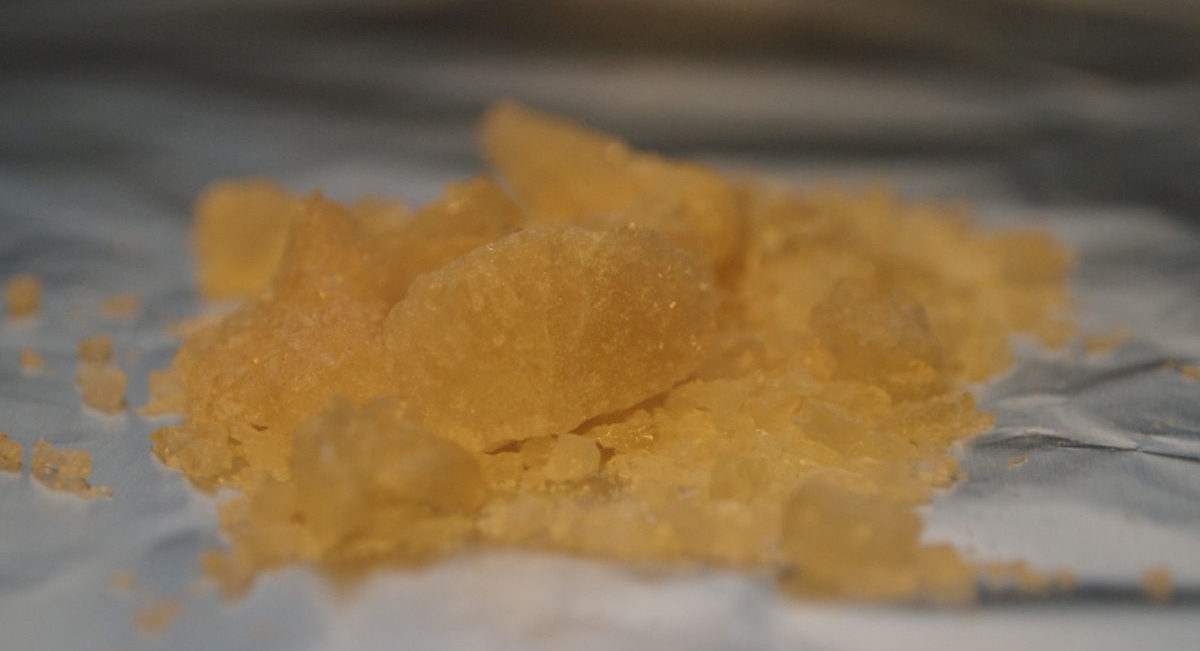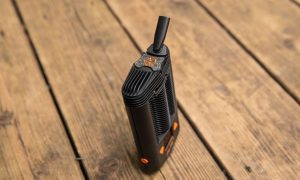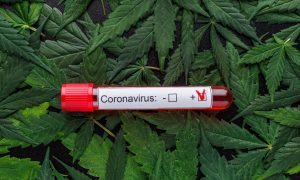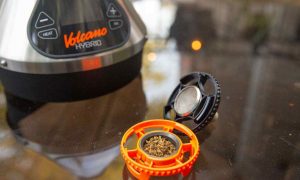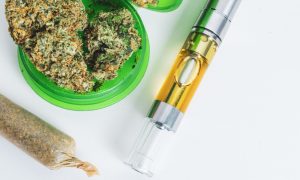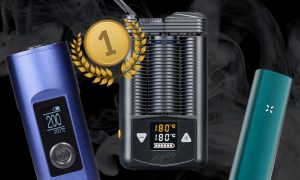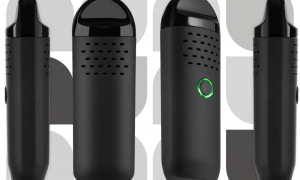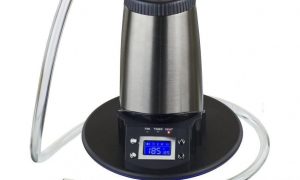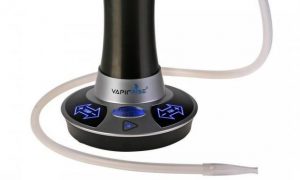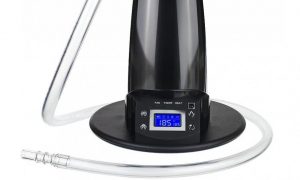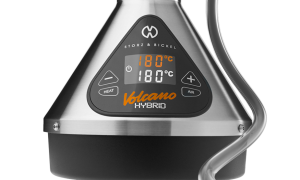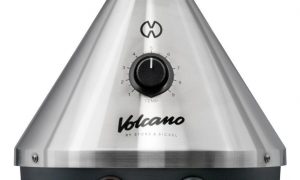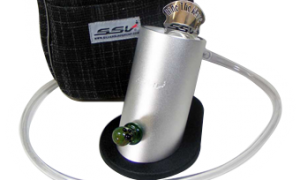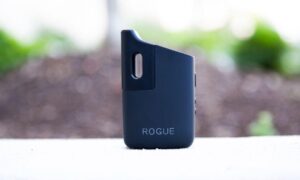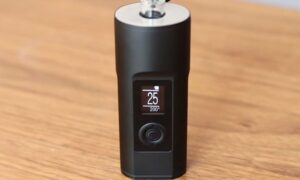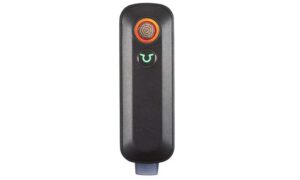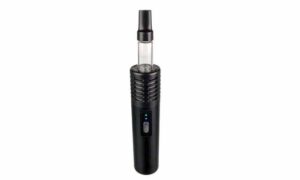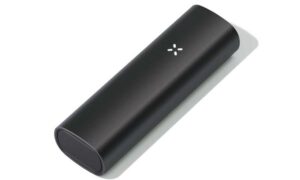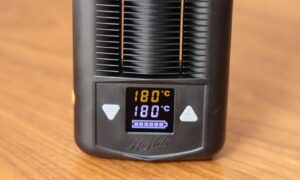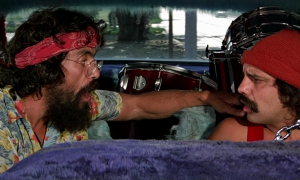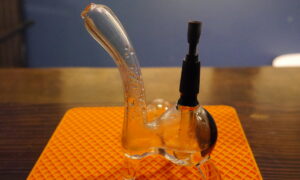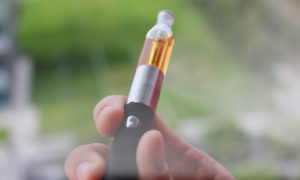Dr. David Caldicott, Australian National University
The Victorian Police Chief Commissioner Graham Ashton’s recent claim that it’s not practical to conduct on-the-spot drug tests “safely and quickly” is, at best, misinformed. These tests have been taking place successfully in Europe for more than a decade.
Ashton’s statement came in response to renewed calls for on-the-spot drug testing in Victoria after more than 20 people were hospitalised as a result of a mass overdose at a dance party in Melbourne on Saturday night. The incident occurred just weeks after three people died after taking a “bad batch” of MDMA in Chapel Street nightclubs.
In response to the calls, Ashton appeared to question the availability of the systems required for on-the-spot drug tests.
“That’s a bit of a myth really, that there is a proper testing regime that can suddenly test on-the-spot what quality drugs [are]. We take quite a long time to test drugs when we seize them.”
Ashton told the ABC it takes laboratories days to determine what is in a pill.
“So to do that, at those sort of events, to do it safely and quickly is not really a practical option.”
Years of experience in numerous countries around the world tell us this is factually incorrect.
On-the-spot drug analysis has been taking place in Europe for more than a decade, with the support of law enforcement, associated forensic toxicologists, analytical chemists and academics. A wide variety of drug testing systems using laboratory technologies are successfully deployed at events across Europe.
The Trans European Drug Information (TEDI) project combined the data collected in drug testing systems used in Spain, Switzerland, Belgium, Austria, Portugal and the Netherlands. The TEDI project analysed just over 45,000 drug samples taken from public events in those countries between 2008 and 2013. Most of those 45,000 tests, conducted using forensic equipment, were completed in seven to 25 minutes.
Many on-site drug checking systems use a variety of techniques to chemically analyse the composition and dose of the drugs presented. The technology used includes high-performance liquid chromatography (HPLC), liquid chromatography–mass spectrometry (LCMS), gas chromatography–mass spectrometry (GCMS), thin-layer chromatography (TLC), fourier transform infrared spectroscopy (FTIR) and quadrupole time-of-flight mass spectrometry (Q-TOF).
Checkit! in Vienna have a mobile van from which they run a range of analytical tests more commonly found in a laboratory. These tests are conducted in seven minutes. SaferParty in Zurich uses HPLC and GCMS technology, and these tests take 15 minutes. EnergyControl on the Iberian Peninsula uses TLC and GCMS technology, and provides a result in under 20 minutes.
Professor Fiona Measham of The Loop in the UK uses a new sampling tool that takes 20 minutes. Professor Measham’s methodology is supported by the TICTAC database, one of the largest forensic drug databases in the world.
Reagent tests – the easily available kits that change colour when they come in contact with a drug – are advocated and used by many in the Australian music festival scene. But this is only because there is nothing else to offer.
Reagent tests only identify one substance in a sample, even when many substances are present. With 750 different drugs now on the market, and often used in conjunction with each other, these simple tests are not adequate. Drug testing is also best done by professionals.
This information is widely available. Drug testers are happy to discuss their methodology; they are proud of it. They’ve also published it. In Europe, there are publicly available good practice guidelines. And the technology is already in Australia. By my calculations, there are in excess of 10,000 GCMS machines in laboratories across Australia.
So why the disbelief from the Victorian Police Chief Commissioner?
It could be because the majority of illicit drug samples in Australia are processed by forensic laboratories at the request of law enforcement, and do take some time. The tests run for use in trials are often run multiple times, and analysts take days to return their results. This is entirely appropriate in a legal setting. But we don’t do that in medicine.
We don’t get 10 chest X-rays to confirm a chest infection. We use the appropriate equipment, ensure that it’s well calibrated, and act on the results that we are confident are real.
It is important to acknowledge the role law enforcement plays in stemming the flow of drugs in the community. But it is not the only, or even the best, way to prevent the harm and deaths caused by bad batches of drugs and drug overdoses.
Drug testing at music festivals is very much about intervention and encouraging behavioural changes, rather than just drily delivering a result. We know from research that the majority of consumers would not take a pill if test results indicated the substance wasn’t what they thought it was.
My own work in South Australia between 2002 and 2007 showed clearly that two thirds of consumers chose to do something other than take their pills when they found they contained a substance other than what they expected. The modern generation is far more interested in having their pills tested than when this practice started.
In addition to changing people’s behaviour, drug testing provides us with information about the specifics of the drugs available. This is an ever changing market. Drug testing can identify substances that sniffer dogs are not yet trained to detect.
In the past year a consortium of scientists, nongovernmental organisations and doctors (including myself) has reached out to the Victorian Department of Health, the Office of the Commissioner and the Victoria Police Forensic Services Department to offer them the opportunity to review our methodology and discuss collaborating in this space. Both have declined.
Should they ever change their minds, our door remains open.
—
David Caldicott, Emergency Medicine Consultant, Australian National University. This article was originally published on The Conversation. Read the original article.

